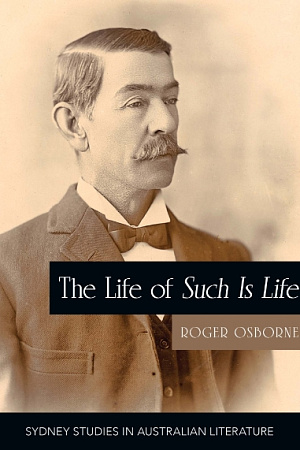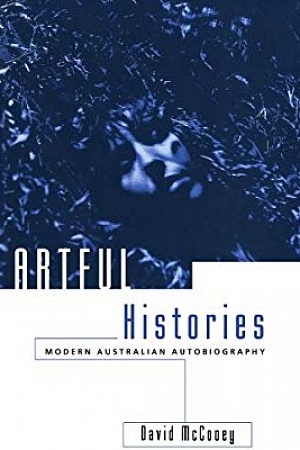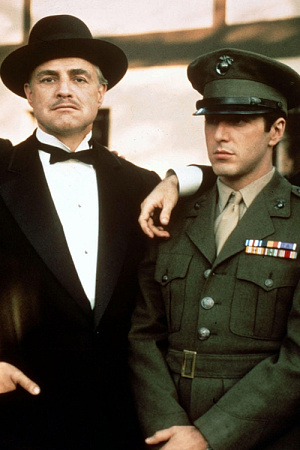The Museum of Mankind
Algeria, June 1835. General Camille Alphonse Trézel’s expedition to pacify the western tribes had failed. Under the leadership of Emir Abdel Kader, Commander of the Faithful, the Algerians had bloodied the French invaders badly. Outnumbered and compelled to withdraw to the port of Arzew to resupply, Trézel’s column fought desperate rearguard actions for three days and nights. On the fourth day, the Algerian cavalrymen outflanked the exhausted French and were waiting in ambush on the edges of the Macta marshes. Trézel’s men suffered a complete rout, with several units abandoning the field in panic. By the end of the day, 300 French soldiers were dead or missing; many more were wounded. The shaken survivors who managed to board the supply vessels at Arzew were evacuated to Oran. According to Colonel Charles Henry Churchill’s Life of Abdel Kader (1867), ‘written from his own dictation and compiled from other authentic sources’,
[t]he Arabs knew no bounds to their exultation. Shouts of joy resounded, and the glare of torches flashed to and fro in the defile all through the night. An aerial spectator might have seen one part of it occupied with busy architects. Drawing near, he would have seen something growing up from the ground like a pyramid. Bending down and listening, he would have heard frantic cries of ‘more heads, more heads!’ A closer inspection of this work of art would have revealed to the astonished gaze hundreds of French heads, piled up promiscuously.
¥
Continue reading for only $10 per month. Subscribe and gain full access to Australian Book Review. Already a subscriber? Sign in. If you need assistance, feel free to contact us.







